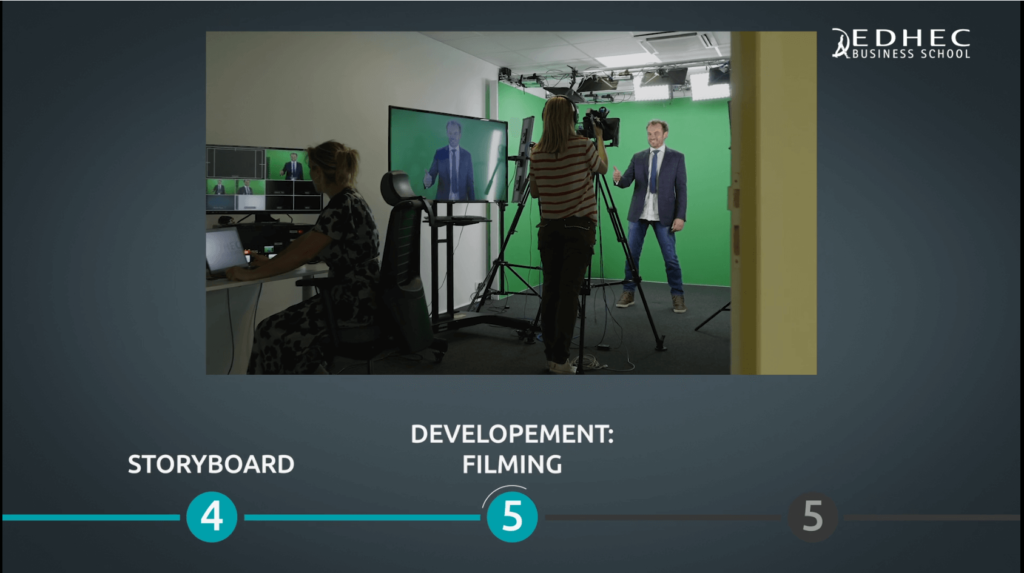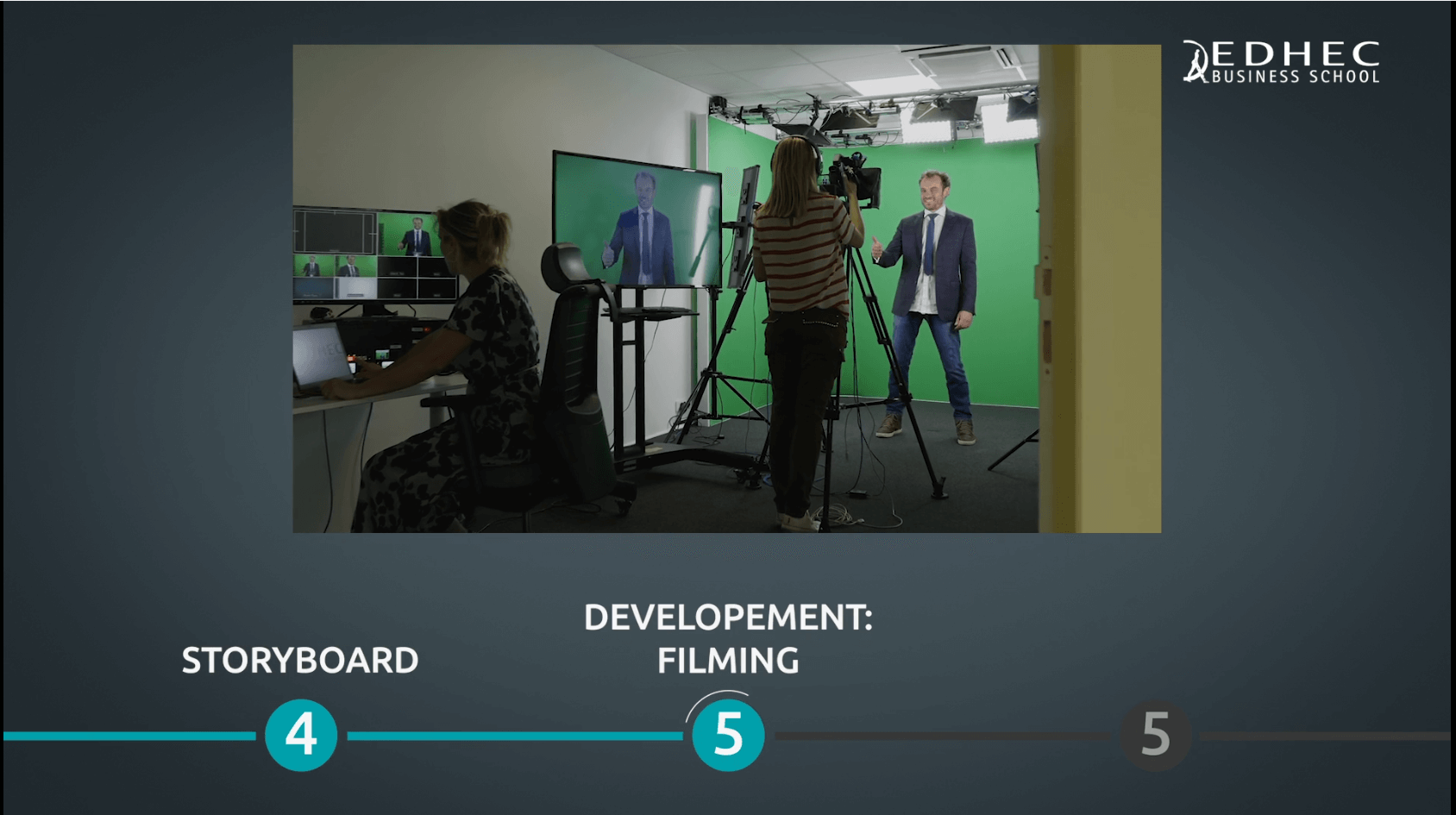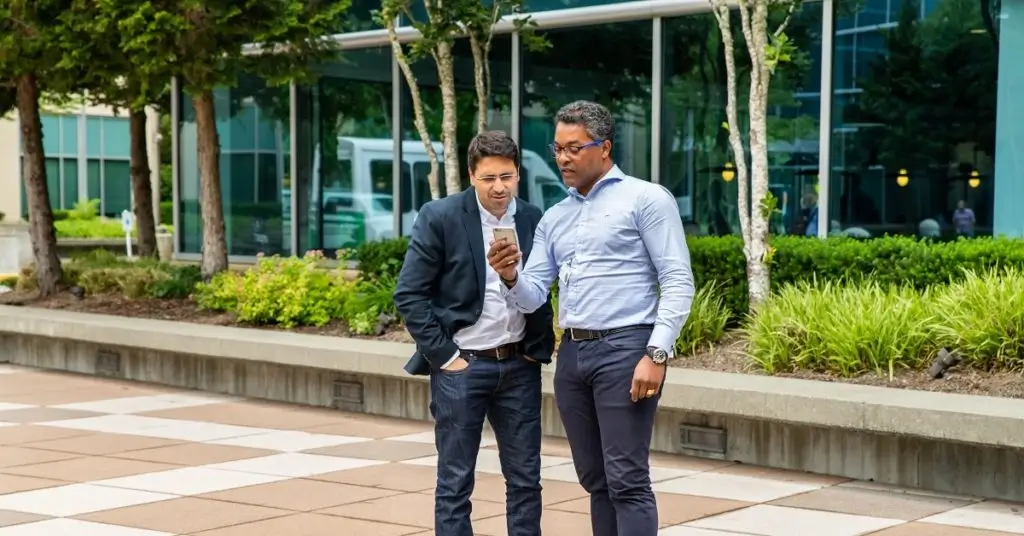Creating online training brings its share of new professions. The Educational Engineer, internationally referred to as the Learning Designer, is one of them. Joanna Szuda works in this role with EDHEC Online. She invites us into her daily life as she tells us more about this new profession that combines education, design, project management and even architecture!

What is the job of Learning Designer?
Hello Joanna, what does the job of Learning Designer consist of?
It is a relatively new profession, which combines teaching and project management and exists mainly for distance learning.
The role of the Learning Designer is to create engaging and quality teaching material for students to follow. In order to do this, we work in partnership with teachers, experts who pass on their knowledge and a whole larger team of people who specialise in video shooting, IT development and graphics, among others.
- We help authors to structure the contents of a specific training course in order to make their knowledge intelligible, educational and even fun, as well as working with the team to build and test the modules on the platform that they will be followed on.
- We focus on practical elements at EDHEC, using plausible examples that can be found in the world of work.
The courses must also be up to date and reflect the most recent innovations. The second characteristic specific to the profession of Learning Designer is that you can watch, rewatch and rewind everything online. It is for this reason that everything has to be carefully constructed and we pay great attention to detail in these courses.
You said that this profession is relatively recent. Can you tell me roughly when it came about?
The profession of teaching has existed forever, but its Learning Designer counterpart is more recent. Nevertheless, we can find traces of it from as early as 1954. In the last fifteen years, however, the profession has grown a lot with the explosion of online studying. It currently has representatives in many countries around the world, especially in the English-speaking world, France, Germany and Japan, which explains why we prefer the English term even though a French translation exists.



